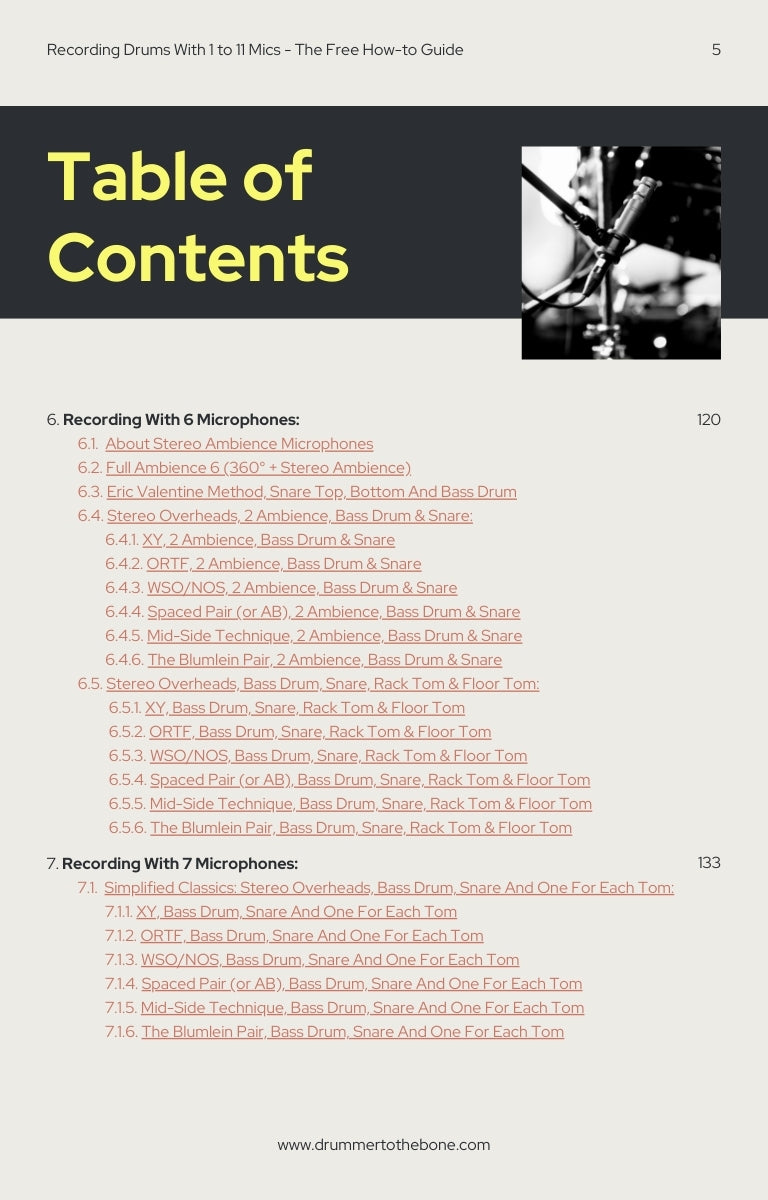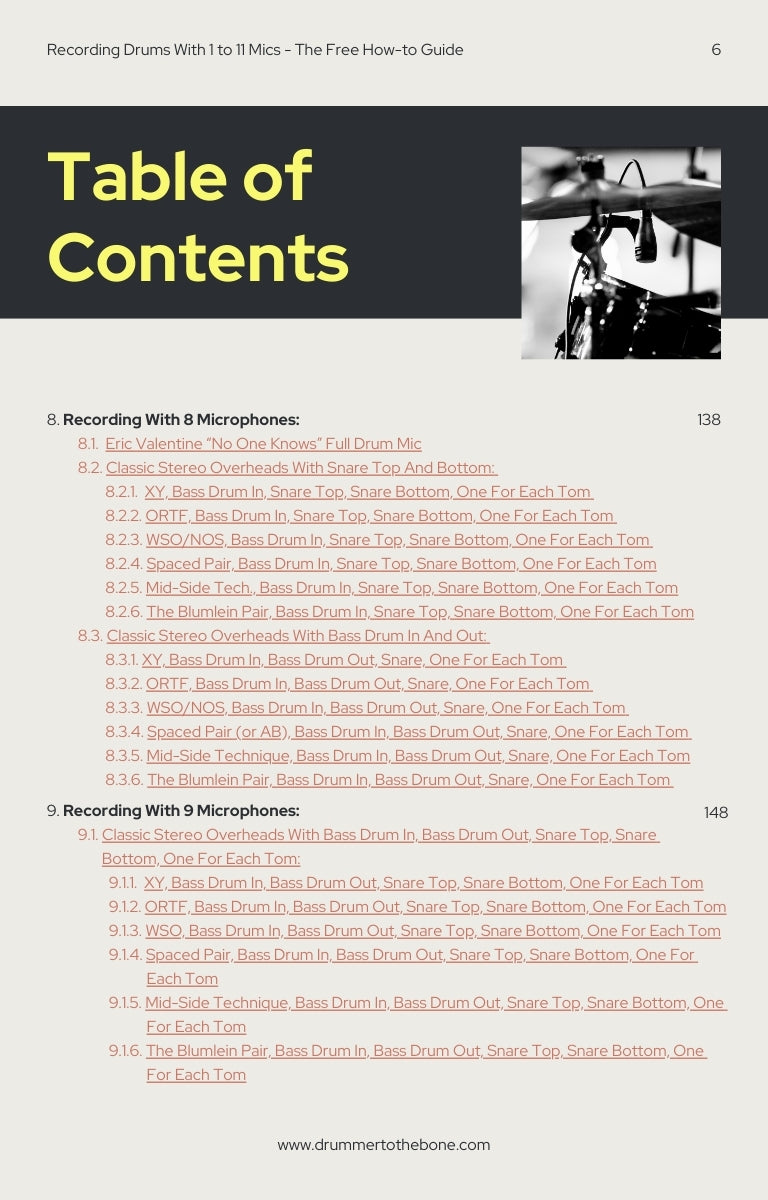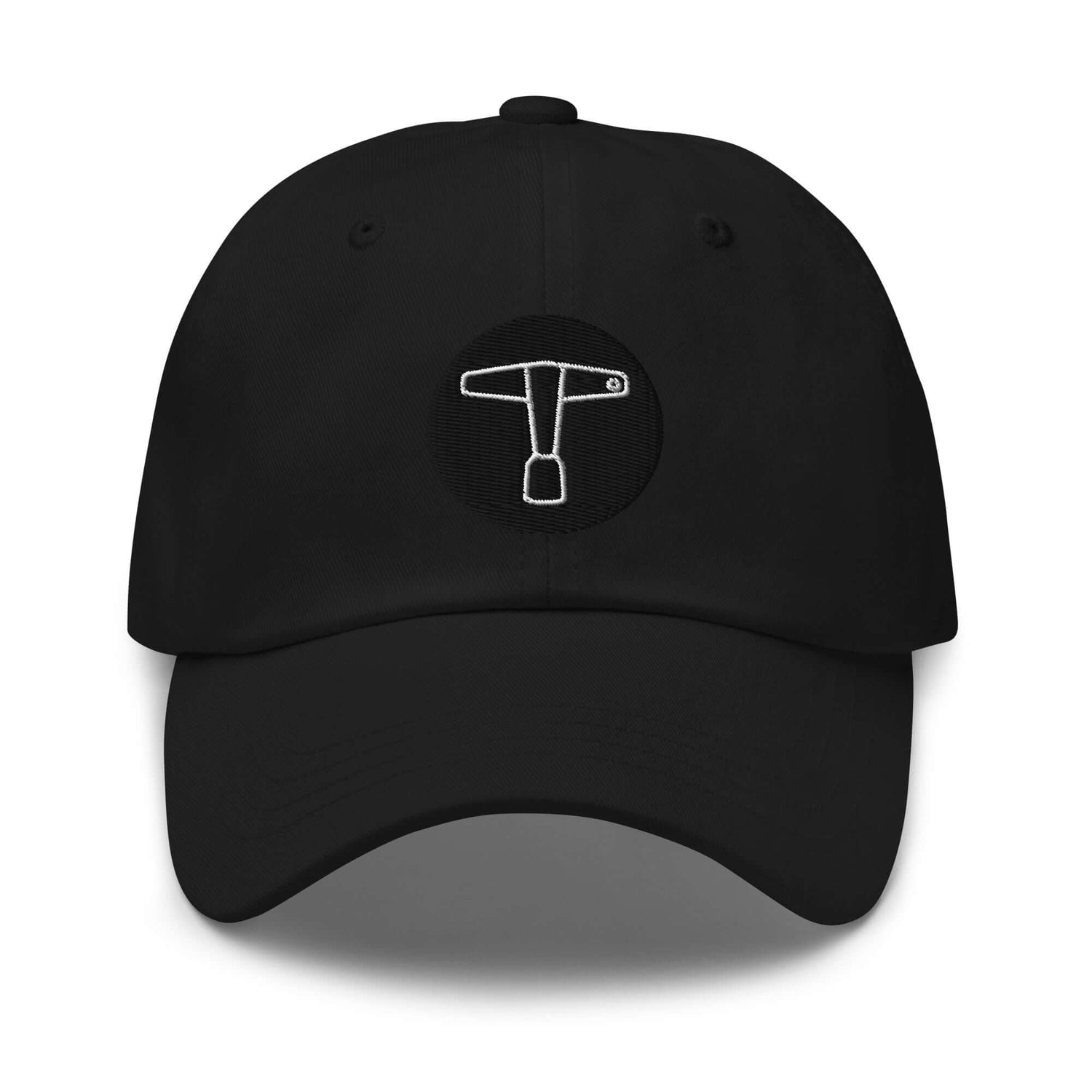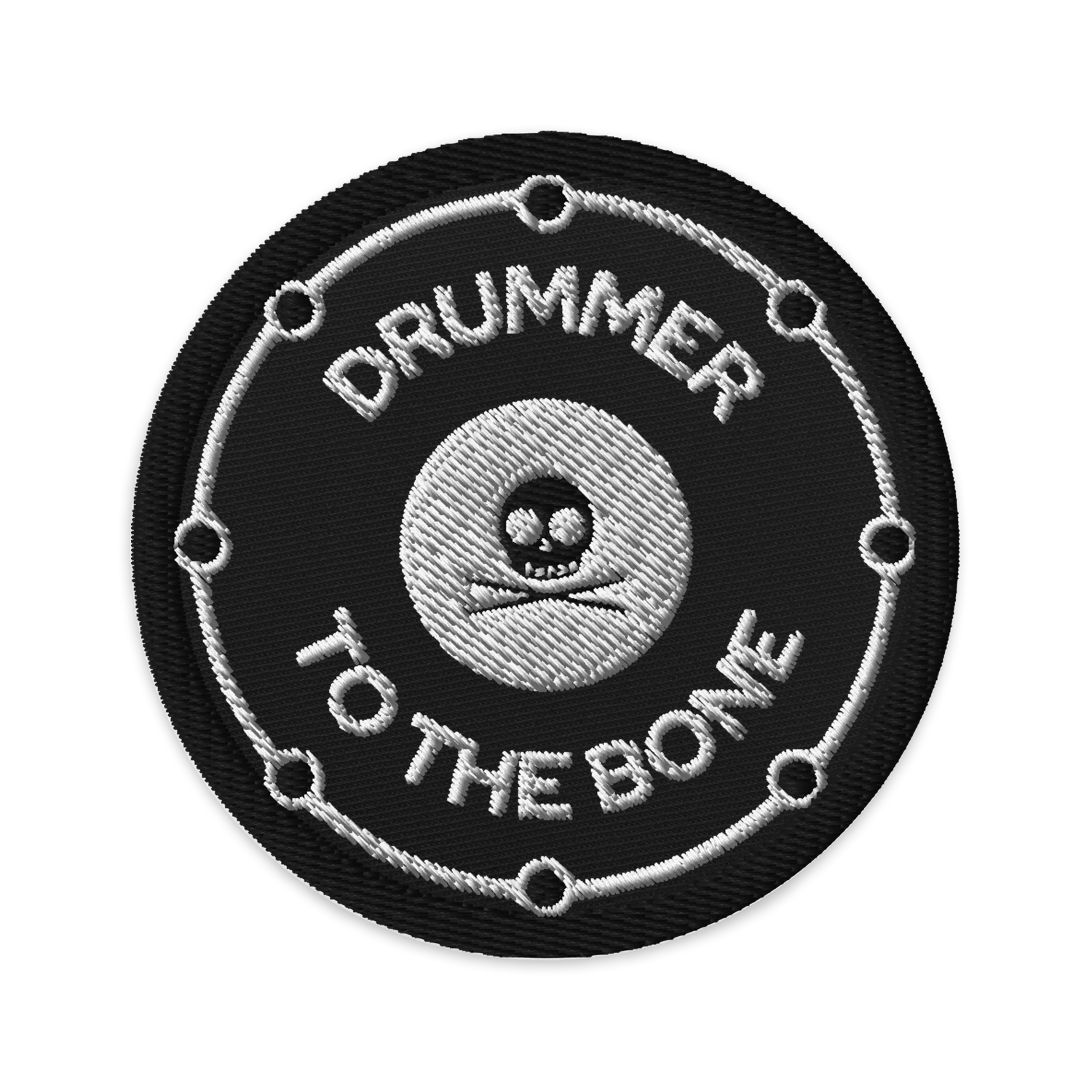-

Chad Smith Drum Kits In The Red Hot Chili Peppers
Chad's journey through his almost 40 years with the Red Hot Chili Peppers. A journey through Pearl, Yamaha, Gretsch & DW, and from Sabian to Paiste.
-

Beware of Mr. Baker - The best documentary ever?
The film starts with Ginger breaking the director’s nose. You can’t get any more Ginger Baker than that!
-

What drumsticks does Lars Ulrich use?
Lars plays Ahead Las Ulrich Signature Drumsticks. These drumsticks are made of an aerospace-grade aluminum tubing and last up to 6 to 10 times longer than most similar sized wood models.
-
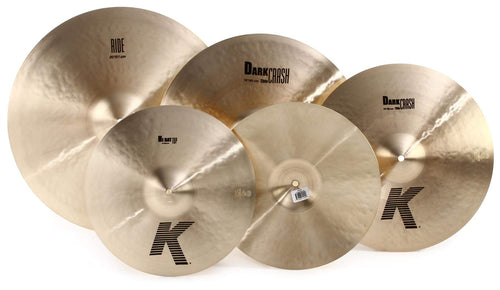
What does the K in Zildjian stand for?
K is for Kerope. But why was Kerope important?
-

The drums Lars Ulrich used in the Black Album
The drums used in the Black Album were a 1980's Gretsch Maple Kit. Sorry to burst your bubble.
-

Making it as a drummer in Nashville
What are the keys to making it as a drummer in Nashville? How long does it take to become a full-time drummer in Nashville?
-

5 must-haves for a working drummer
What are the key things if you want to make it as a working drummer? How do actors prepare to play the role of a drummer?
-

You Got the “Recorderman” Technique Wrong
We’ve seen many posts stating that the “Recorderman” recording technique is a 2-mic technique. This is wrong. It’s a 4-mic technique.
-

Alex Van Halen’s Inspiration for Hot For Teacher
AVH got his inspiration from Billy Cobham, Simon Phillips... and Eddie's Lamborghini...?
-

The Glyn Johns method was an accident?
We've all seen thousands of posts explaining the technique and how it - supposedly - gets you the Bonham sound. But… really?
-

Lars Ulrich's recordings outside Metallica
Lars is famous for not recording outside Metallica, but these are the 2 rarities he has recorded, and the second is by far the most interesting one.
-
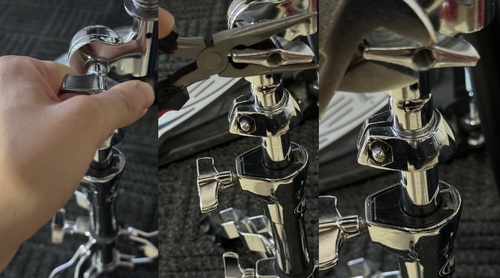
How to loosen up tight wing nuts?
Are you using the drumsticks hack? Or have a specific tool for it? In any case, do not to use your hands.
-

The QOTSA “No One Knows” drum sound in 5 steps
The cymbals and drums are super crisp and isolated, yet the drums sound massive. How can you get the same sound?
-

Mike Portnoy’s Monster Kits in Dream Theater
Mike Portnoy is back in Dream Theater. What will his next “Monster Kit” be like? What will it be called?
-

Joey Kramer recordings outside Aerosmith
Has Joey ever recorded outside Aerosmith? Yes he did, and the songs are face-melting hard rock.
-

Jeff Porcaro’s Top 5 songs outside Toto
Jeff Porcaro played in Pink Floyd's "The Wall"?!
-

The 4 Beatles songs where Ringo didn’t record drums
It was up to the only drummer left in the band - Paul - to sit on the throne and get it done.
-

John Bonham recordings outside Led Zeppelin’s
There weren’t that many, but they were fantastic and meaningful, with the signature sound of the God of Thunder.
-
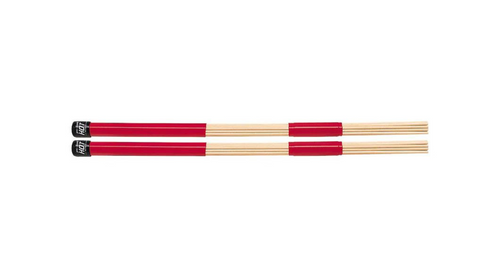
Who invented the Hot Rods Drum Sticks?
A way of bridging the gap between brushes and sticks. Here's the story of how they came to be.
-

Usher's Aaron Spears tribute in the Super Bowl
Did you notice Aaron Spear's drum set on stage with Usher during the Super Bowl LVIII Halftime show?
-

Are drum shields necessary?
Drum screens are there to help with noise control and to improve the mix. But are they really necessary?
-
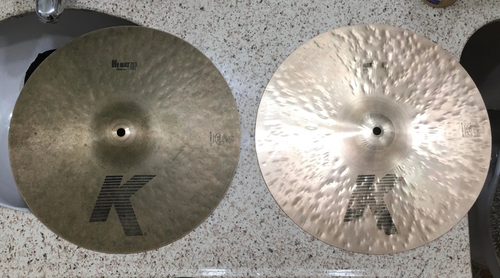
Should I clean my cymbals?
For some, cleaning helps maintain their sound quality and appearance. For others, the patina buildup is key. On which side are you?
-

What drumsticks did John Bonham play?
We know what drums Bonzo played, what cymbals… but what drumsticks did he play? Those would be Promuco sticks. And they are back on the market.
-

Rick Allen: How to play drums with one arm
Rick Allen, drummer for Def Leppard, had a car accident and lost his left arm. How does he manages to play with one arm? How does his modified drum set work?
-

Winter Drummer Frequently Asked Questions
What happens if I play the drums in very cold conditions? Can drums be stored in the cold? Can cymbals be stored in the cold?
-

Can drumming build muscle?
Drumming, by itself, does not build muscle. But it can tone muscles and build endurance, which is a different thing.
-
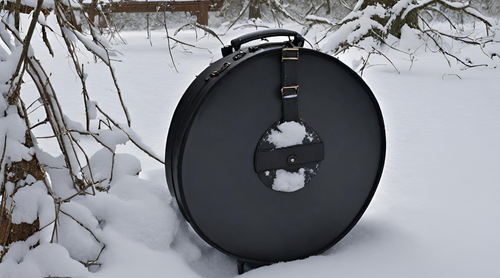
Can cymbals be stored in the cold?
Yes, you can store cymbals in the cold, but it's not recommended for long periods because extreme temperatures can potentially cause damage or warping.
-
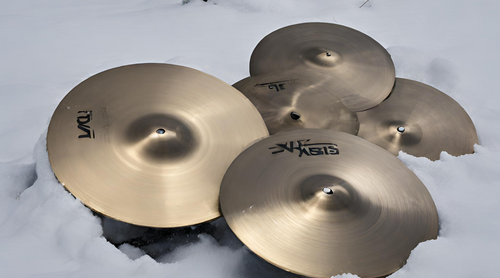
Can I play cymbals in cold conditions?
Cold temperatures can alter the metal's properties, and striking the cymbal while it's cold can increase the risk of it getting damaged.
-
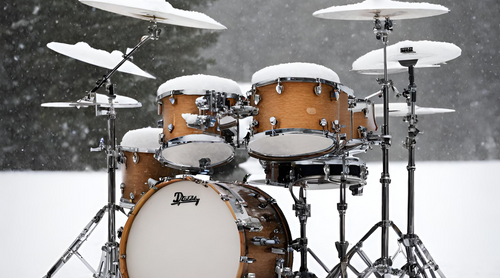
What happens if I play drums in very cold conditions?
Playing drums in very cold conditions can potentially cause damage. The drumheads might become more brittle and prone to cracking. Similarly, the wood of the drum shell can contract, making it more susceptible to warping or cracking.
-
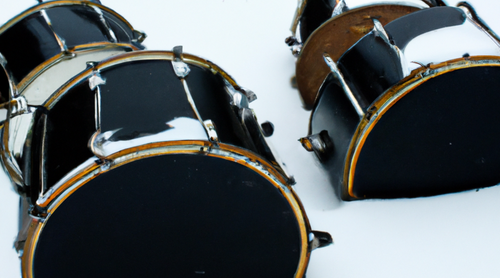
Can drums be stored in the cold?
Cold temperatures can affect the wood, hardware, and the drumheads. The wood might contract, potentially causing warping or cracking, and the drumheads can become brittle.
-
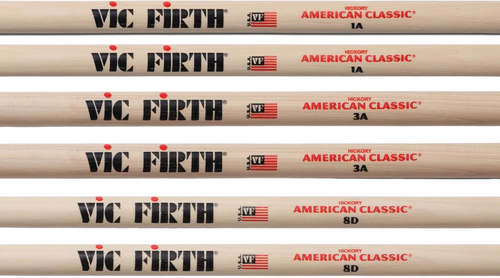
What do letters and numbers in drumsticks mean?
The letters stood for styles of music, while the number was related to the stick’s diameter. The larger the diameter, the lower the number.
-
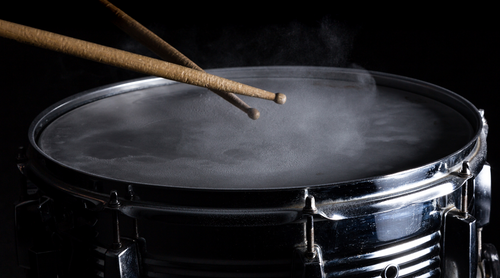
A Quick Guide to Metal Snares
We analyze Brass, Aluminum, Steel, Copper, Bronze and Titanium drum shells. Which one adapts the best to your sound situation?
-
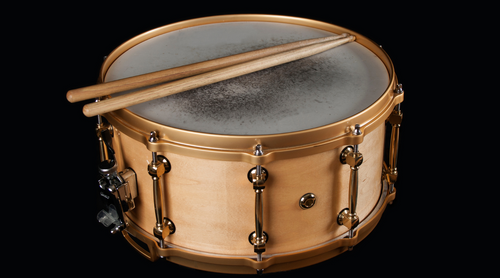
A Quick Guide to Wooden Snares
We analyze Maple, Mahogany, Birch, Beech, Basswood, Oak, Poplar, Walnut and Cherry drum shells. Which one adapts the best to your sound situation?
-

Can drum beats be copyrighted?
Many drummers have the idea that when they record a song’s drum part - and then get published-, then their drum parts are automatically protected by law.
This is partially true. The nuances of this are very important.
-

John Bonham’s inspiration for “Rock and Roll” intro
When it was time to write Led Zeppelin IV, Bonzo took a dull & uninspired session into one of the greatest songs in rock history.
-

Top 5 drum products for less than $50
Drums can be an expensive instrument, but these accessories will make your life easier for a very small out-of-pocket amount.
-

What were old drum heads made of?
Up to the 1950's drummer used drum heads made of animal hide. Until Remo Belli came in the scene and everything was changed forever.
-

What’s under Lars Ulrich’s throne?
Lars’ throne is not an ordinary throne, there's something underneath it.
-

Who invented the double bass drum pedal?
I thought that DW had invented the double bass drum pedal. But after some research I found that this was not the case. The first double pedal was very different from what we use today, but more surprisingly, it’s still in production.
-

How to get endorsements and get featured in Modern Drummer - Interview with Corey Coverstone
An honest conversation about the real path to getting featured in Modern Drummer, getting endorsements and navigating the business.
-

Who invented the Blast Beat?
The legend goes that the blast beat, the flagship drum beat of death metal, was invented in 1985 by Mick Harris of Napalm Death. This might not be the case.



















































